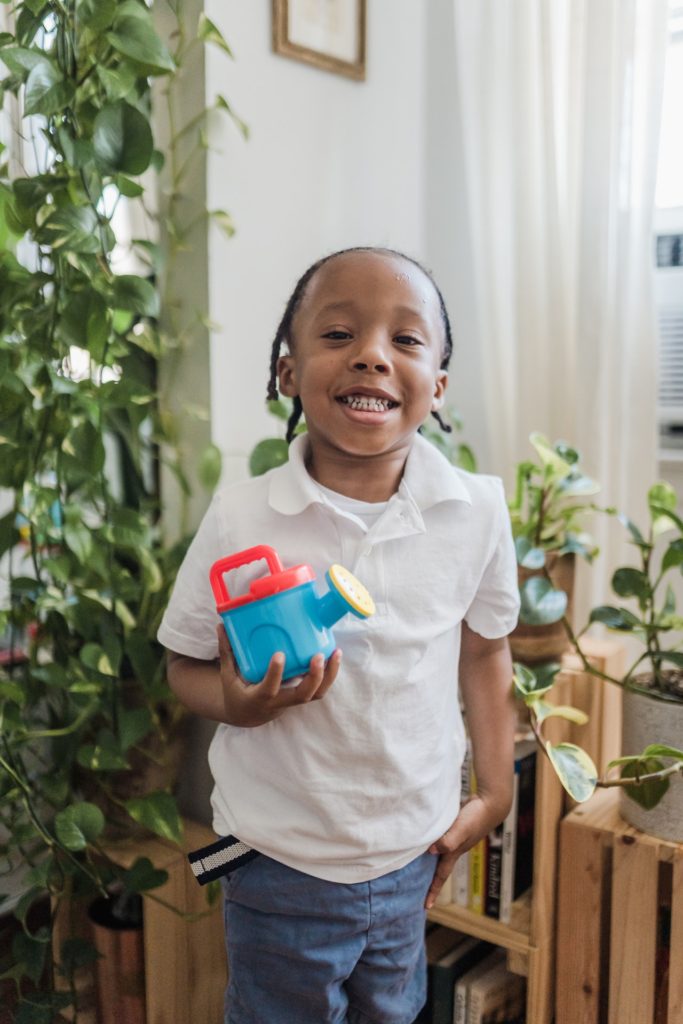Barriers for Black & Autistic children and families is a topic that should be discussed more often in pediatric therapies, with background and potential strategies. This is part 1/2.
𝘗𝘰𝘤𝘰 𝘢 𝘱𝘰𝘤𝘰, 𝘴𝘦 𝘷𝘢 𝘭𝘦𝘫𝘰𝘴 – Taking Steps in Culturally and Linguistically- informed Collaborations
Black and Latine/x populations are diverse within themselves in a way that cannot be generalized. However, there are similarities in racialized inequities in autism diagnosis and intervention that are hardly included in the conversation. Clinicians must acknowledge the unmet needs in Latine/x & Black Autistic populations.
𝙎𝙤 𝙡𝙚𝙩’𝙨 𝙩𝙖𝙡𝙠 𝙖𝙗𝙤𝙪𝙩 𝙞𝙩!
Background and Barriers for Black & Latinx Children
Black and Latinx families are underrepresented in autism research, and experience multi-level barriers in access to care.
Black & Hispanic children face barriers with lack of or delayed access to evaluation, diagnosis, and services. It takes 8 visits on average to receive an autism diagnosis with Latinx children. 14% of Black Autistic children were seen by at least six professionals before receiving a diagnosis, and 50% of Black Autistic children were evaluated by multiple providers.
In addition to high rates of mental health stigma in both communities, families with limited English proficiency face barriers in service access and quality of care.
Many Black families discuss taking protective steps to prevent harm to their child in the medical and educational system, and report facing numerous barriers and racial discrimination such as dismissal by providers.
As Latina and Black OTs, we hope to recognize these gaps with what is (and isn’t) included in the research, as well as professional experiences.
Potential barriers can include extensive pathways to diagnosis, cultural beliefs, language & communication barriers, healthcare & provider bias, lack of culturally responsive care, systemic barriers in access to care, and mistrust of the healthcare system.

With these barriers, it is important to acknowledge them in practice, and also NOT assume that parents cannot/ do not want to be involved.
Parents want to be involved and support their child, so it is essential that practitioners provide access to culturally responsive care and give diverse opportunities to collaborate in the intervention process.
This piece is adapted from an Instagram post made in collaboration with @michelled_ot. You can find her here.
Part Two Coming Soon!